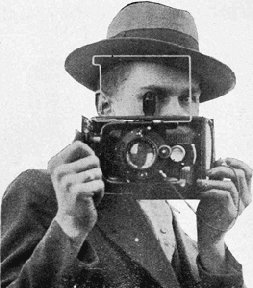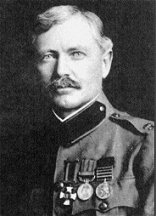 Frederick
Russell Burnham ~ In collecting material on B-P for
the Pine Tree Web, I became interested in the life and adventures of Major
Frederick Russell Burnham, an American military scout who served with B-P
in the Matabele Campaign of 1896. Burnham was a classic Victorian adventurer,
and in that tradition looms a bit larger than life. A frontier and Indian
Scout in the Southwest, he offered his services to Cecil Rhodes and the
British South Africa Company as they built the British Empire in Southern
Africa. He distinguished himself as Chief of Scouts to Lord Roberts, Commander
in Chief in South Africa at the beginning of the Boer War. For his services
he was honored with the Distinguished Service Order and, by courtesy of
King Edward VII, held the rank of Major in the British Army without having
to relinquish his American citizenship. Eleven years before the camp at
Brownsea Island, Baden-Powell and Frederick Russell Burnham would talk
beside a campfire on the African veldt in what is today western Zimbabwe.
In a few short days, they had come to respect each others professional
accomplishments and scouting skills. Frederick
Russell Burnham ~ In collecting material on B-P for
the Pine Tree Web, I became interested in the life and adventures of Major
Frederick Russell Burnham, an American military scout who served with B-P
in the Matabele Campaign of 1896. Burnham was a classic Victorian adventurer,
and in that tradition looms a bit larger than life. A frontier and Indian
Scout in the Southwest, he offered his services to Cecil Rhodes and the
British South Africa Company as they built the British Empire in Southern
Africa. He distinguished himself as Chief of Scouts to Lord Roberts, Commander
in Chief in South Africa at the beginning of the Boer War. For his services
he was honored with the Distinguished Service Order and, by courtesy of
King Edward VII, held the rank of Major in the British Army without having
to relinquish his American citizenship. Eleven years before the camp at
Brownsea Island, Baden-Powell and Frederick Russell Burnham would talk
beside a campfire on the African veldt in what is today western Zimbabwe.
In a few short days, they had come to respect each others professional
accomplishments and scouting skills.
"Burnham was a scout. He combined his extraordinary natural
abilities, with the teachings of an old Indian scout who had served under
and learned from men like Kit Carson and John C. Fremont. He became a priceless,
silent, invisible eyes and ears for both the American and British military
during some of our Indian and their Matabele and Boer Wars." ~ Ross
Seyfreid, in the "Introduction" to the 1994 reprint of Frederick Russell
Burnham, Scouting on Two Continents, Prescott, Arizona: The Wolfe Publishing
Company, 1994.
From Frederick Russell Burnham, Scouting on Two Continents,
1926
Extract from a letter from Lt. Gen Sir Robert Baden-Powell,
K.C.V.O., K.C.B., written from Africa to his mother in 1896:
"12th June, 1896.... Burnham is a most delightful companion
... amusing, interesting, and most instructive. Having seen service against
the Red Indians he brings quite a new experience to bear on the Scouting
work here. And while he talks away there's not a thing escapes his quick
roving eye, whether it is on the horizon or at his feet."
From William Hillcourt, Baden-Powell: The Two Lives
of a Hero, 1964
"Before losing Burnham's services, Sir Frederick decided
that the American should take his chief of staff into the Matopos to acquaint
him with the territory. Their reconnaissance turned into a three-day expedition
on horseback during which Burnham and Baden-Powell climbed in among the
kopjes that commanded a view of the enemy's positions and of the Matopos
in general ('Awful country—weird, jumbled mass of bush and boulders and
jagged mountains'). Baden-Powell spent much of the time drawing maps and
making panoramic field sketches of the landscape, indicating enemy caves
and strongholds. For the rest, he picked up from Burnham a number of scouting
tricks the American had used in the 1893 war against the Matabele and as
a U.S. Army scout fighting in the Apache Indian wars. The two men found
they had much in common and struck up a firm friendship. For hours they
shared their experiences and innermost thoughts as they lay, after a day's
reconnaissance, beside a tiny concealed camp fire under the stars of the
African sky, before turning in for a few hours' sleep on what B-P considered
the best of beds: 'the veld tempered with a blanket and a saddle'. Baden-Powell
had hoped to do much further scouting with Burnham but never had the chance.
Within a few days B-P was back at his desk and Burnham had left for his
special assignment."
From Robert Baden-Powell, The Matabele Campaign, 1896:
"13th June.--At 4 a.m. we were off again, Burnham and
I and Trooper Bradley of the Mounted Police, who knew this part of the
country well.... We got on well together, and he much approved of the results
of your early development in me of the art of 'inductive reasoning'--in
fact, before we had examined and worried out many little indications in
the course of our ride, he had nick-named me 'Sherlock Holmes'. [P.S.--We
had planned to do much scouting together in the future, but, unfortunately,
it never came off, as he was soon afterwards compelled, for domestic reasons,
to go down country.]"
The ribbon at the left displays the colors of the Distinguished
Service Order. The D.S.O. was awarded to Major Burnham in recognition of
his service as Chief of Scouts to Lord Roberts (Commander-in-Chief South
Africa) during the Boer War, 1899-1902. The photograph of Major Burnham
was taken after his service in the South African War. It shows him in British
uniform wearing the Distinguished Service Order, the Queen's South African
Medal and the British South Africa Company Medal for the Matabele Campaign.
|

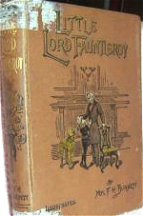
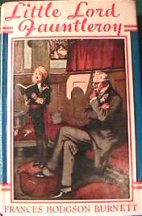
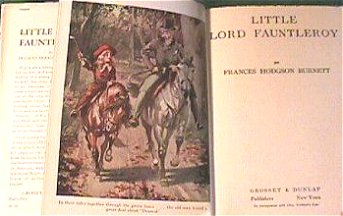
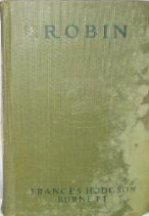
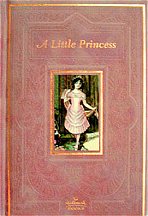
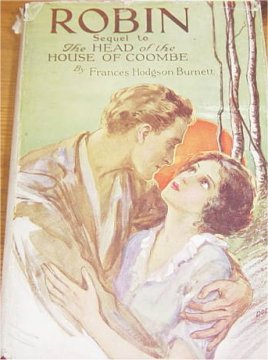
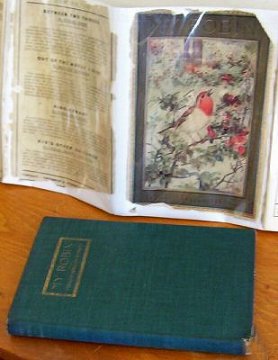
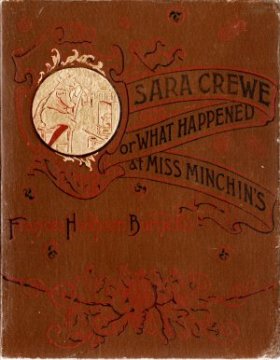
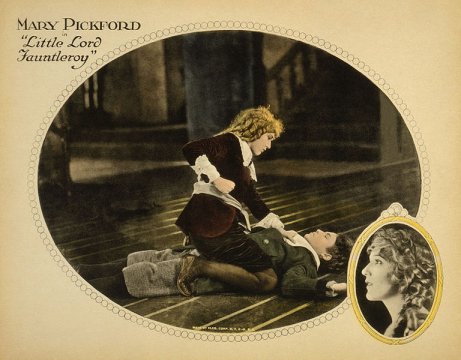

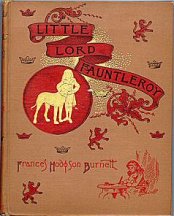
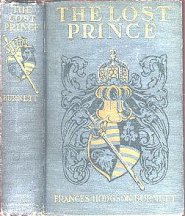
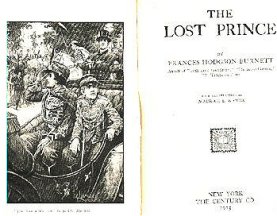
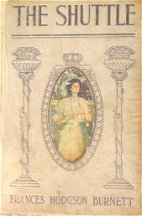
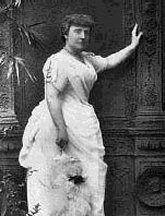
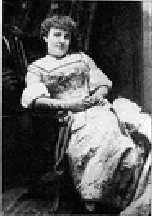
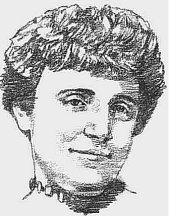
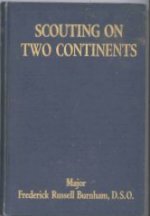

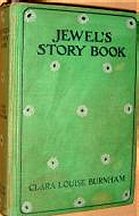 Jewel:
A
Chapter in Her Life 1903
Jewel:
A
Chapter in Her Life 1903
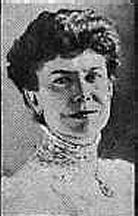

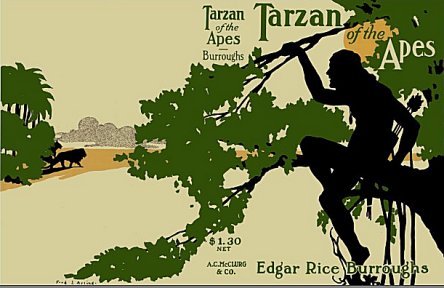

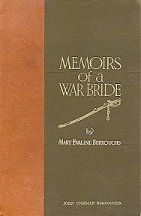 Mary
Evaline Burroughs, at the encouragement of sons Edgar, George, Henry (Harry),
and Frank, wrote and distributed her memoirs to all members of the Burroughs
family in 1914. Ed and his brothers collaborated in preparing the
book for the printer and in assembling the genealogical sections. The original
handwritten manuscript is still preserved at the ERB, Inc. office in Tarzana,
California. It is dated Chicago, June 23, 1914 and addressed
to "My dear son Edgar."
Mary
Evaline Burroughs, at the encouragement of sons Edgar, George, Henry (Harry),
and Frank, wrote and distributed her memoirs to all members of the Burroughs
family in 1914. Ed and his brothers collaborated in preparing the
book for the printer and in assembling the genealogical sections. The original
handwritten manuscript is still preserved at the ERB, Inc. office in Tarzana,
California. It is dated Chicago, June 23, 1914 and addressed
to "My dear son Edgar."
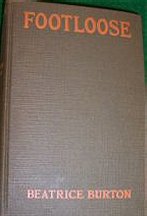
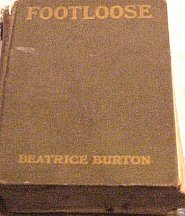
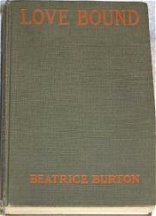
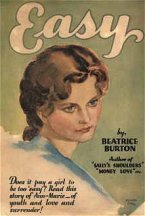
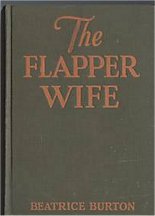
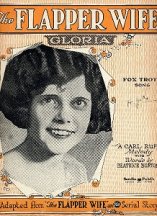
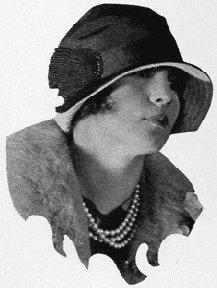

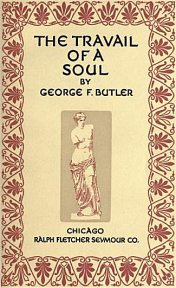
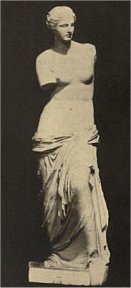
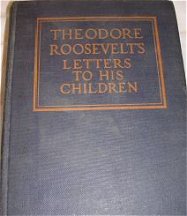
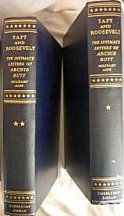
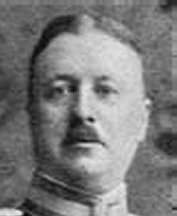 Archibald
Willingham Butt (1866-1912) served as a U. S. Army officer in the Philippines
(1900-1903) and Cuba (1906-1908) and was appointed personal aide to U.
S. presidents Theodore Roosevelt (1908-1909) and William H. Taft (1909-).
Letters are primarily written by Butt to his mother, Pamela R. B. Butt,
to his sister, Julia Butt (Mrs. John M. Slaton), and to Clara Butt; a
few letters are to Butt from others, including Julia Ward Howe, author
of "The Battle Hymn of the Republic." Letters date from 8 April 1908 to
27 February 1912. Topics discussed are Butt's service as a presidential
aide; Presidents Roosevelt, Taft, and other officials; the personal relationship
between Taft and Roosevelt and the Taft and Roosevelt families; social
life in Washington, D.C.; life in the White House, including notes on its
furnishings, portraits painted of Roosevelt and Taft, and visiting dignitaries.
The letters offer a fascinating insight into the life of Theodore Roosevelt
and about the political climate in Washington DC.
Archibald
Willingham Butt (1866-1912) served as a U. S. Army officer in the Philippines
(1900-1903) and Cuba (1906-1908) and was appointed personal aide to U.
S. presidents Theodore Roosevelt (1908-1909) and William H. Taft (1909-).
Letters are primarily written by Butt to his mother, Pamela R. B. Butt,
to his sister, Julia Butt (Mrs. John M. Slaton), and to Clara Butt; a
few letters are to Butt from others, including Julia Ward Howe, author
of "The Battle Hymn of the Republic." Letters date from 8 April 1908 to
27 February 1912. Topics discussed are Butt's service as a presidential
aide; Presidents Roosevelt, Taft, and other officials; the personal relationship
between Taft and Roosevelt and the Taft and Roosevelt families; social
life in Washington, D.C.; life in the White House, including notes on its
furnishings, portraits painted of Roosevelt and Taft, and visiting dignitaries.
The letters offer a fascinating insight into the life of Theodore Roosevelt
and about the political climate in Washington DC.

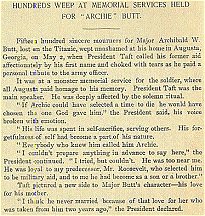 TAFT'S
TRIBUTE TO BUTT: WASHINGTON From the
TAFT'S
TRIBUTE TO BUTT: WASHINGTON From the 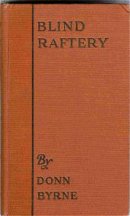
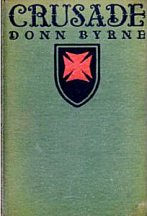
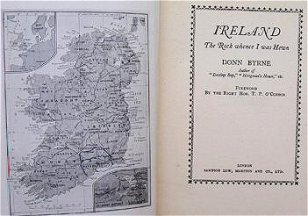
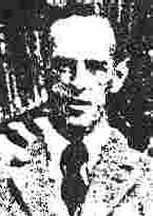 Donn Byrne
1889
- 1929: "An Irish novelist gets from the Irish people a certain
reverence, a good measure of kindliness, considerable latitude in conduct
and thought: in fine he gets his due from a God-fearing people.
But he must not forget that his first duty is homeward." Donn Byrne,
"A Foreword to Foreigners," Hangman's House
Donn Byrne
1889
- 1929: "An Irish novelist gets from the Irish people a certain
reverence, a good measure of kindliness, considerable latitude in conduct
and thought: in fine he gets his due from a God-fearing people.
But he must not forget that his first duty is homeward." Donn Byrne,
"A Foreword to Foreigners," Hangman's House
